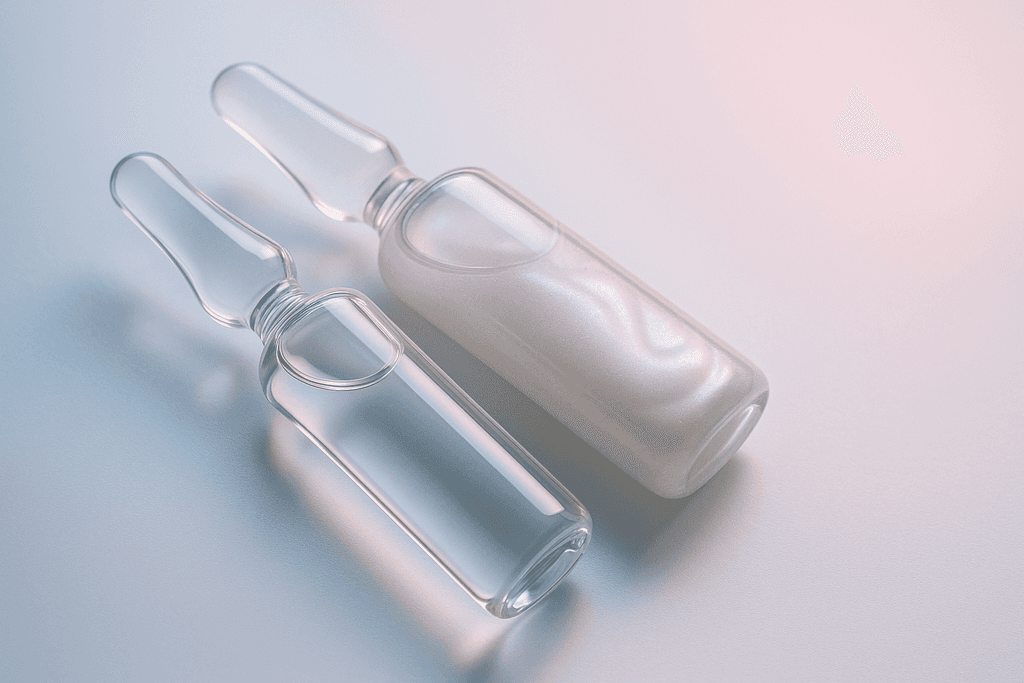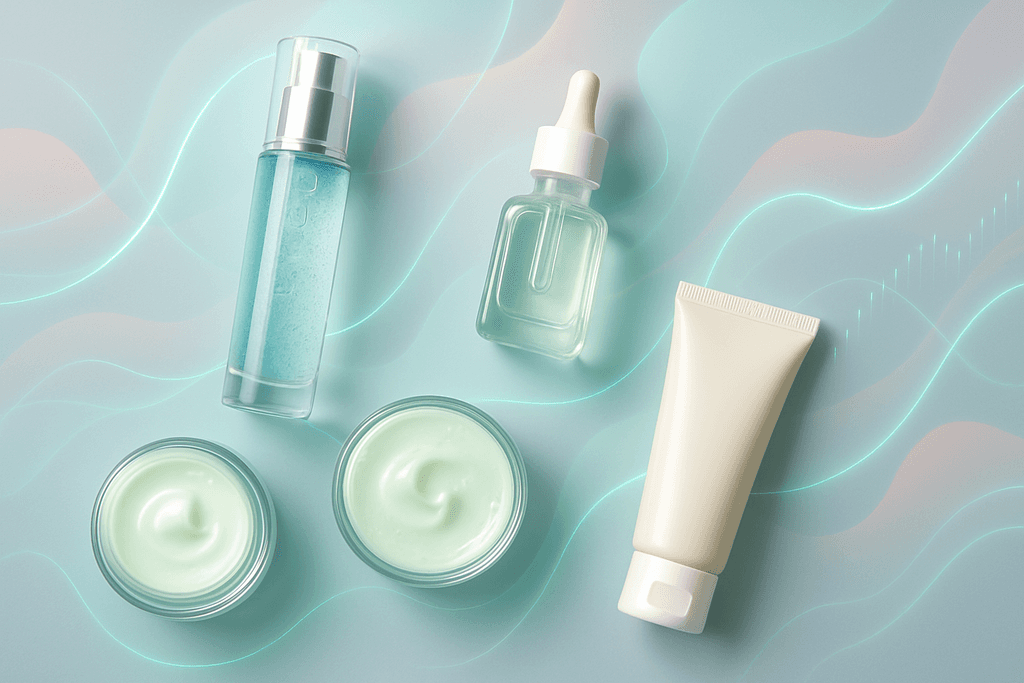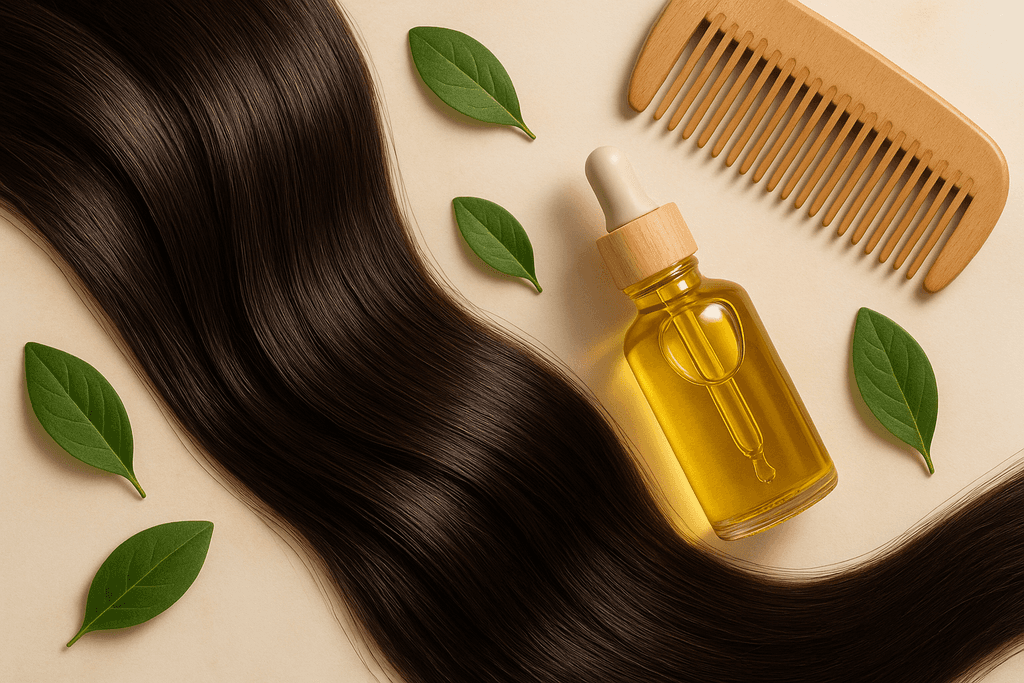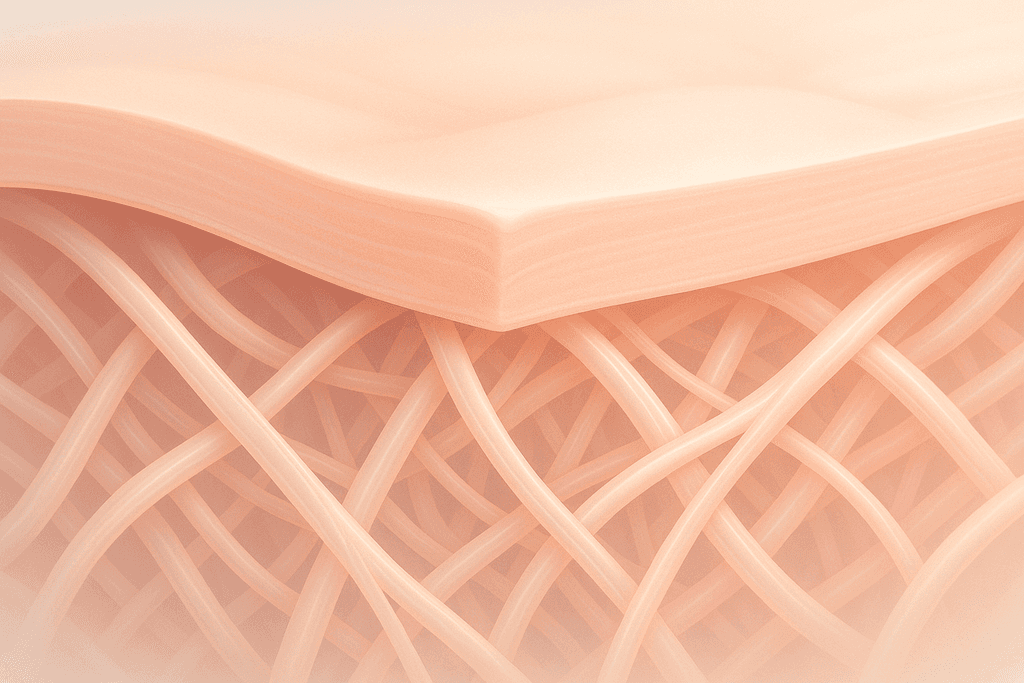Is Chemical Peeling Safe for Sensitive Skin
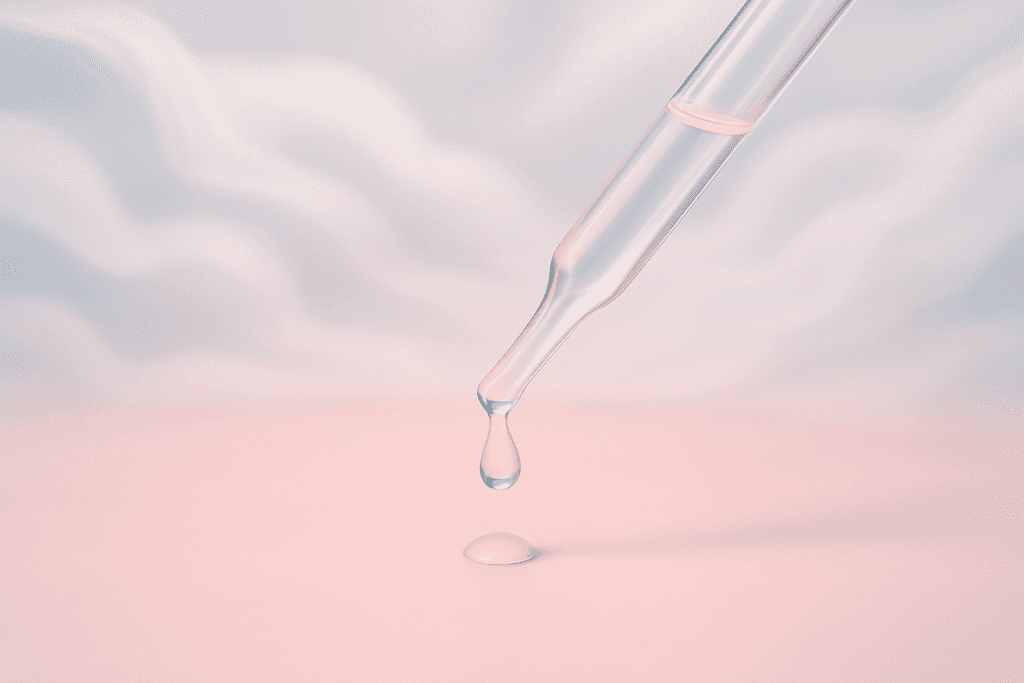
Sensitive skin can make even gentle skincare treatments feel like a risky endeavor. For those craving smoother, brighter skin but wary of harsh exfoliation, chemical peels might seem off-limits. However, when performed by skilled professionals using carefully selected formulations, chemical peels can offer remarkable benefits for even the most delicate complexions.
Table of Contents
- Understanding Chemical Peels
- Choosing the Right Peel for Sensitive Skin
- Benefits vs Risks for Sensitive Skin
- Wrap-up
- Common Questions About Chemical Peels for Sensitive Skin
Understanding Chemical Peels
Chemical peels have been a staple in skincare for decades, offering a way to refresh and renew the skin's surface. These treatments use a solution of acids to remove dead skin cells and stimulate new cell growth, resulting in smoother, brighter skin.
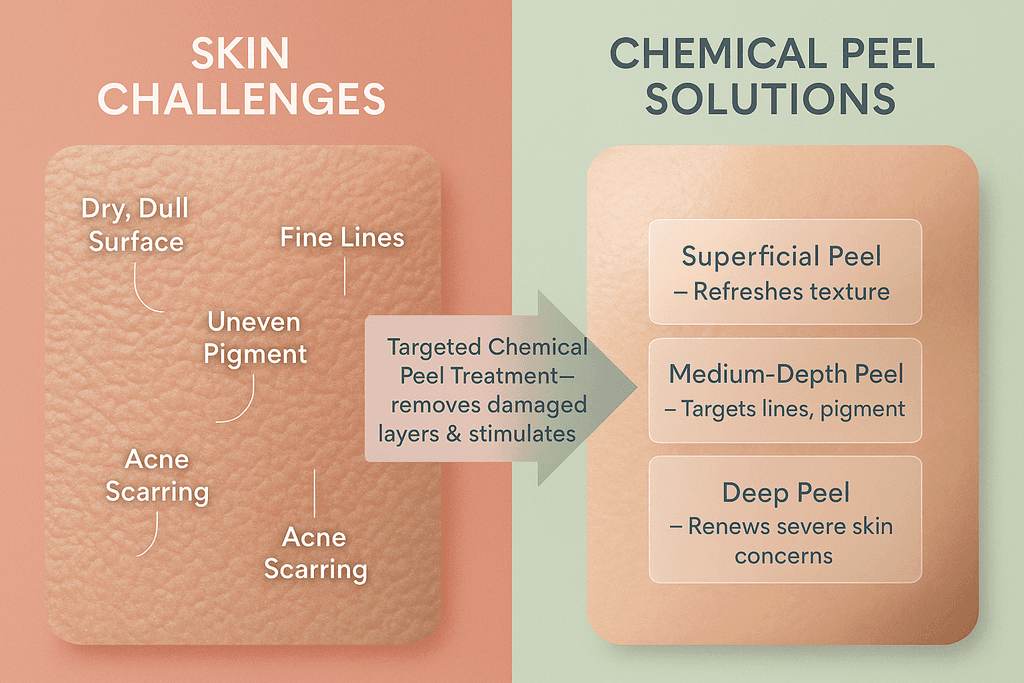
There are three main types of chemical peels:
- Superficial peels (light peels)
- Medium-depth peels
- Deep peels
Each type penetrates the skin to different depths, addressing various skin concerns from fine lines to more severe sun damage.
Common ingredients in chemical peel formulations include:
- Alpha-hydroxy acids (AHAs) like glycolic and lactic acid
- Beta-hydroxy acids (BHAs) such as salicylic acid
- Trichloroacetic acid (TCA)
- Phenol (for deep peels)
These acids work by breaking down the bonds between dead skin cells, allowing them to shed more easily.
For those with sensitive skin, choosing the right peel is crucial. Gentle options like lactic acid peels can provide benefits without excessive irritation. A study on mild chemical peels showed promising results for improving skin texture and hydration with minimal side effects.
| Peel Type | Best For | Downtime |
|---|---|---|
| Superficial | Mild skin issues, sensitive skin | 0-3 days |
| Medium | Moderate skin concerns | 5-7 days |
| Deep | Severe skin problems | 14+ days |
At Caleyo Wellness, we offer customized chemical peel treatments tailored to your skin's unique needs and sensitivity level. Our expert team carefully selects the most appropriate peel strength and ingredients to ensure optimal results with minimal risk.
Understanding how chemical peels work and their various types is the first step in determining if this treatment is right for your sensitive skin. Let's explore how to safely approach chemical peels for delicate complexions.
Choosing the Right Peel for Sensitive Skin
If you've got sensitive skin, chemical peels might seem scary. But don't worry - there are gentle options that can work wonders without irritation. The key is picking the right acids and strengths for your skin type.
Lactic and mandelic acids are your best friends when it comes to sensitive skin peels. They're larger molecules that don't penetrate as deeply, meaning less chance of irritation. Plus, they have some nice bonus effects:
- Lactic acid is hydrating and brightening
- Mandelic acid is antibacterial and great for acne-prone skin
The pH and concentration of your peel matter too. Look for higher pH formulas (around 3-4) and lower concentrations to start. This gives your skin a chance to adjust without freaking out.
At Caleyo Wellness, we customize chemical peel formulations specifically for sensitive skin types. By carefully selecting ingredients and strengths, we can give you the benefits of a peel without the typical redness and irritation.
Preparation and Safety Measures
Before diving into a chemical peel, there are some important steps to take, especially if you have sensitive skin:
- Do a patch test 24-48 hours before your full treatment
- Stop using retinoids and exfoliants 3-5 days prior
- Avoid sun exposure and tanning for at least a week before
- Come to your appointment with clean, makeup-free skin
During the peel itself, professional application techniques make a big difference for sensitive skin. At Caleyo Wellness, our experts use gentle methods like:
- Applying in thin, even layers
- Watching closely for any signs of irritation
- Neutralizing promptly if needed
These steps help ensure you get the most benefit from your peel with the least risk of adverse reactions. Remember, safety should always come first when it comes to skincare treatments.
Aftercare and Managing Reactions
Post-peel care is crucial, especially for sensitive skin types. Gentle cleansing and moisturizing are key to keeping your skin happy and hydrated as it heals. Use lukewarm water and avoid scrubbing or rubbing your face.
It's normal to experience some redness and flaking after a peel. But how do you know if a reaction is concerning? Here's a quick guide:
| Normal Reactions | Concerning Reactions |
|---|---|
| Mild redness | Severe burning or stinging |
| Light flaking | Blistering or oozing |
| Slight tightness | Intense swelling |
If you're experiencing any of the concerning reactions, contact your provider right away. For normal healing, soothing ingredients can help calm your skin. Look for products with:
- Aloe vera
- Chamomile
- Centella asiatica
- Hyaluronic acid
At Caleyo Wellness, we provide detailed aftercare instructions and recommend specific products to support your skin post-peel. Our goal is to ensure you get the best results with minimal discomfort.
Chemical peels can be a game-changer for your skin, even if it's sensitive. The key is working with experienced professionals who understand how to tailor treatments to your unique needs. If you're curious about trying a gentle chemical peel, research shows they can be safe and effective when done properly. Just remember to always prioritize your skin's health and comfort above all else.
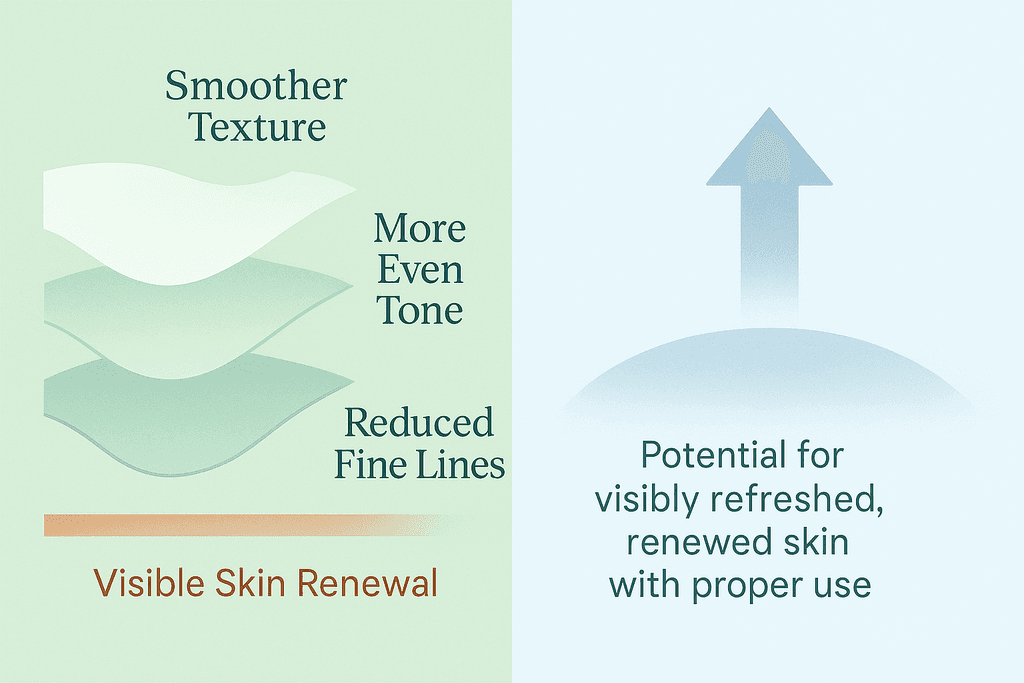
Benefits vs Risks for Sensitive Skin
Chemical peels can be a double-edged sword for those with sensitive skin. When done properly, they offer significant benefits. But the risks need careful consideration.
Let's break down the key factors:
- Potential benefits:
- Smoother skin texture
- More even skin tone
- Reduced appearance of fine lines
- Improved acne or mild scarring
However, sensitive skin types face unique challenges with chemical peels. The main concerns include:
- Increased risk of irritation
- Longer recovery time
- Potential for hyperpigmentation
- Higher chance of adverse reactions
The key to success lies in proper preparation and aftercare. Professional guidance is absolutely essential for sensitive skin types considering a chemical peel. At Caleyo Wellness, we take a cautious, customized approach to chemical peels for sensitive skin.
Our analysis of current research shows that gentler, more frequent peels often yield better results than aggressive treatments for sensitive skin. This aligns with findings from dermatology experts who recommend a "low and slow" approach. Studies indicate that properly performed chemical peels can be safe and effective for sensitive skin when tailored to the individual.
| Peel Type | Best for Sensitive Skin? |
|---|---|
| Glycolic Acid (low %) | Yes |
| Lactic Acid | Yes |
| TCA (high %) | No |
The bottom line? Chemical peels can work wonders for sensitive skin, but only with expert guidance and a tailored approach. Our clinic specializes in gentle skin resurfacing options that prioritize safety without sacrificing results.
Wrap-up
Chemical peels can work wonders for sensitive skin when done right. The key is finding a gentle formula and an experienced pro who knows their stuff. At Caleyo Wellness, we take extra care with sensitive skin types, using customized peels that give results without the irritation.
Remember, not all peels are created equal. Milder options like lactic or mandelic acid peels can be great starting points. And don't forget the importance of proper prep and aftercare - it makes a big difference in how your skin responds.
Thinking about trying a peel? Chat with a skincare expert first. They can assess your skin and recommend the best approach. Our team at Caleyo offers free discovery calls to discuss your goals and concerns. It's a smart way to get personalized advice before diving in.
Ready to learn more? Check out our FAQ section below for answers to common questions about chemical peels and sensitive skin. Your path to glowing, healthy skin might be clearer than you think.
Common Questions About Chemical Peels for Sensitive Skin
How often can I get a chemical peel if I have sensitive skin?
For sensitive skin, it's best to start with gentle peels every 4-6 weeks. As your skin adjusts, you may increase frequency to every 3-4 weeks. At Caleyo Wellness, we carefully assess your skin's needs and tolerance to create a safe, effective treatment plan.
What are signs that a chemical peel is too strong for my skin?
Watch for excessive redness, burning, itching, or prolonged peeling. Mild tingling and light flaking are normal, but intense discomfort or visible irritation may indicate the peel is too strong. Our experts use gentle formulations specifically designed for sensitive skin.
Can I combine chemical peels with other skincare treatments?
Yes, but timing is crucial. We typically recommend spacing out treatments. For example, avoid retinoids or exfoliating products a few days before and after your peel. During your consultation, we'll create a comprehensive skincare plan that safely incorporates peels with other treatments.
What should I do to prepare my sensitive skin for a chemical peel?
Gentle preparation is key. Stop using harsh products or exfoliants 3-5 days before your peel. Keep your skin hydrated and use a gentle, fragrance-free moisturizer. On the day of treatment, come with clean skin and no makeup. Our team will provide detailed pre-peel instructions tailored to your skin type.
Are there any alternatives to chemical peels for sensitive skin?
Absolutely. For very sensitive skin, we might recommend gentler options like our medical-grade facials or microneedling. These treatments can provide similar benefits with potentially less irritation. During your consultation, we'll discuss all suitable options to help you achieve your skincare goals safely.
